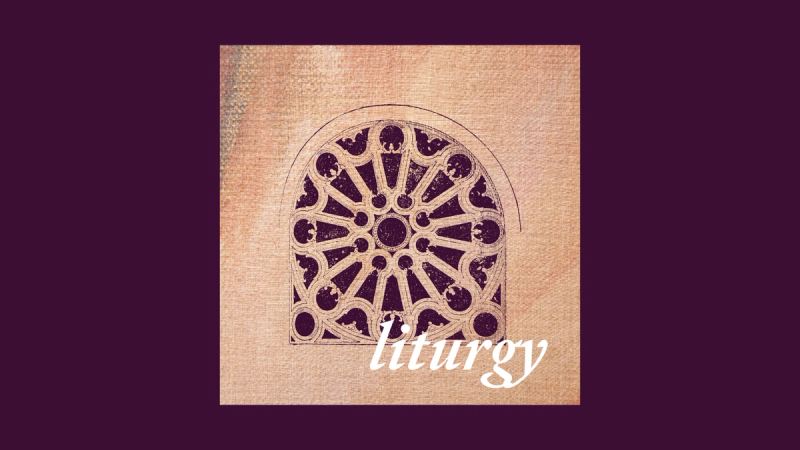As we focus on thinking theologically about the arts, let’s not forget the art that most fundamentally shapes us: the drama of the liturgy. In accordance with the early fathers, Calvin called the divine service a “celestial theater.” In Christian worship, heaven and earth embrace in response to the presence and activity of the Triune God. The choir of heavenly hosts singing “Holy, Holy, Holy!” is joined by the redeemed choir on earth. Justified, renewed, and strengthened in our faith, we cannot remain silent or passive. We publicly confess our sins and our faith in God’s promise; we respond in prayer, spoken and sung; and we give of our treasure.
Especially in his approach to the Supper, Calvin heightened this ancient sense of heavenly drama. “Calvin articulated a new conceptualization of ‘liturgy’ itself,” according to Lee Palmer Wandel: “For him, certainly, the Supper was a drama, but the source of that drama was God. No human movement could add to that meaning in any way, no crafted object could draw greater attention to those earthly elements. Perhaps most important of all, however, was Calvin’s insistence on frequency. Most evangelicals condemned the medieval requirement of annual communion as nonscriptural. . . . But no other evangelical so explicitly situated the Eucharist within a dialogic process not simply of deepening faith, but of the increasing capacity to read the signs of the Supper itself, and by extension, of God, in the world.”
The brightest flower of Reformed liturgies in English is the 1552 Book of Common Prayer in which Bucer and Vermigli played a large role. As in Strasbourg and Geneva, besides the Te Deum and the creed, the metrical psalms formed the core of corporate praise. The public reading of Scripture went through the whole Bible each year (the New Testament three times). The congregation came forward, standing rather than kneeling, to receive Christ’s body and blood by faith. Families sat together in pews instead of men and women being separated as in medieval services. All of this would have been familiar to those in other churches of the Reformation on the continent.
Calvin reminds us that public service shapes the daily life of the covenant community. Our relationship with Christ is personal but never private. The liturgy is a heavenly drama we don’t simply attend but participate in each Lord’s Day, a covenantal conversation in which the church militant joins its voice with the church triumphant. God gives everything to us; we receive and are changed by the gift; and then we exchange gifts of gratitude with one another and take those gifts out into the world.
Footnotes
As quoted by John D. Witvliet in “The Spirituality of the Psalter: Metrical Psalms in Liturgy and Life in Calvin’s Geneva,” Calvin Theological Journal (1997), 204, on Ps. 138:1.
BackWitvliet, “The Spirituality of the Psalter,” 207, on Ps. 105:44.
BackLee Palmer Wandel, The Eucharist in the Reformation: Incarnation and Liturgy (Cambridge: Cambridge University Press, 2006), 171.
BackDiarmaid MacCulloch, Thomas Cranmer (New Haven: Yale University Press, 1996), 414–17. At Cranmer’s suggestion, Bucer wrote a full revision titled Censura with twenty-eight chapters of critique and analysis.
Back






